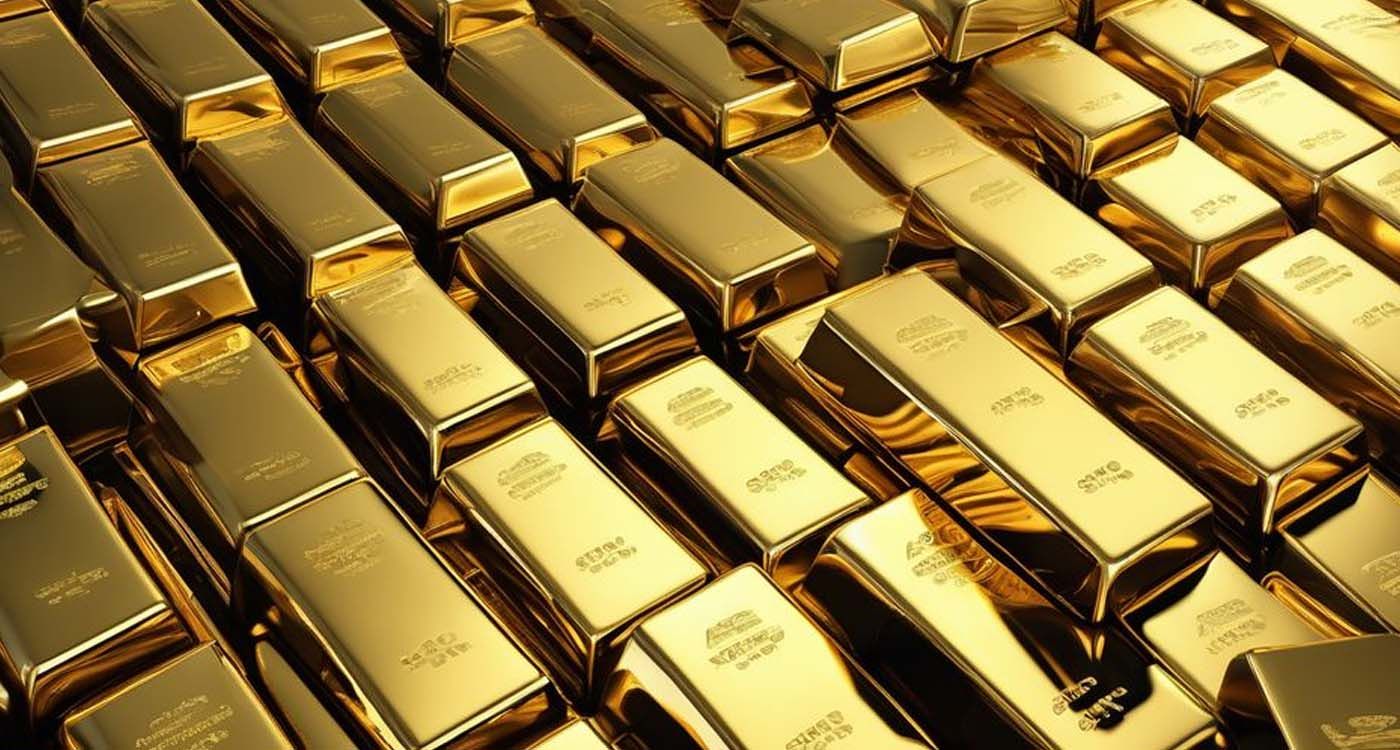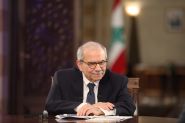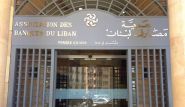
Gold prices continue to soar, drawing increased interest from investors and central banks worldwide. Since January 2025, the price of an ounce of gold has surged by 12%, fueling a surge in demand for the precious metal.
This surge is driven by President Donald Trump’s protectionist policies and his pledge of “the mother of all trade battles,” backed by new tariffs aimed at launching a “golden age” for the US economy. The announcement, set for Friday, has rattled financial markets and strengthened gold’s appeal as the ultimate safe-haven asset.
“Investors are seeking safe havens for their money,” says Susannah Streeter, head of financial markets at Hargreaves Lansdown. She points out that “amid concerns that Trump’s tariff policies could drive up prices, gold’s appeal lies in its ability to offset inflation.”
Analysts at BMI (Fitch Solutions) share this view, “Gold continues to be supported by mounting trade uncertainties, escalating geopolitical tensions, a weaker dollar, increased central bank purchases and rising recession risks.”
By midday Wednesday, an ounce of gold reached $3,118, nearing its all-time high hit the day before.
BDL’s Gold: An Untapped Asset
As Lebanon grapples with an unprecedented economic and financial crisis, surging gold prices have reignited debate on the country’s reserves. Behind the scenes, discussions are intensifying over potential strategies to leverage Banque du Liban’s (BDL) gold holdings, estimated at around $30 billion.
Under the Code of Money and Credit, these reserves belong to BDL rather than the state. However, they can only be used through legislation approved by Parliament.
Investing Without Selling: A Viable Alternative
Economist Mahmoud Jebai argues that Lebanon’s gold reserves should be invested to generate revenue while preserving their ownership and monetary role. He points out that the gold held by BDL is long-held and could command a premium of 10% to 15% above the current market price.
Jebai outlines a comprehensive plan involving the state, the central bank and local banks. Under this approach, the state would optimize the value of its assets, BDL would invest part of its holdings along with a portion of its gold and banks would contribute some of their available liquidity.
Mechanisms to Maximize Gold’s Value
Several financial mechanisms can generate revenue while preserving Lebanon’s gold reserves. The goal is clear: to enhance their value without undermining their strategic role in the country’s financial stability. In theory, BDL could lend a portion of its gold to financial institutions or other central banks in exchange for interest. This gold would be used as collateral in international transactions and returned at the end of the contract, along with a yield.
Another option involves temporarily exchanging gold for foreign currencies, such as dollars or euros, through international financial institutions. This mechanism, known as a gold swap, would allow BDL to secure liquidity while retaining ownership of its gold reserves.
Furthermore, the central bank could leverage gold options and futures contracts. These financial instruments offer protection against price volatility while generating additional revenue.
Another possibility is to use gold as collateral to secure funding from international organizations such as the International Monetary Fund (IMF) or foreign central banks. This strategy would enable Lebanon to secure loans under favorable terms without tapping into its reserves.
Finally, a portion of the reserves could be invested in specialized exchange-traded funds (ETFs) that track the gold market, ensuring returns while preserving the asset.
A Risky Challenge
While these options allow for the optimization of gold reserves without selling them, they also come with risks, particularly price volatility and the need to secure reliable financial counterparties. BDL must ensure it partners with trusted institutions and negotiate favorable terms.





Comments